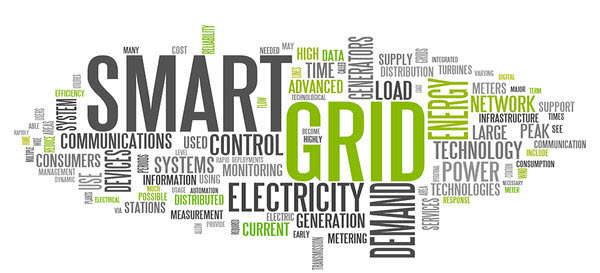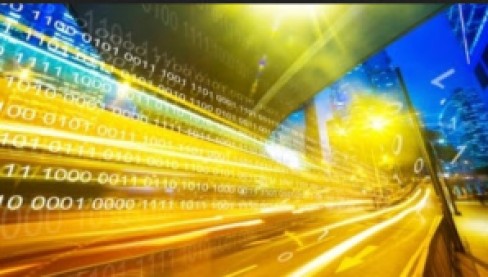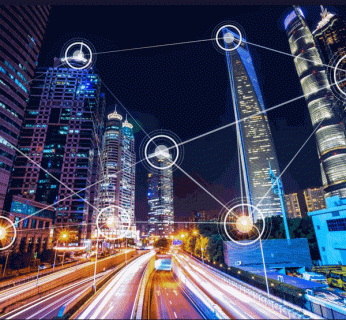In recent months I have become totally “wrapped up” in the energy transition occurring across the world. The whole transformation we are undertaking is not just for our energy sake; it is for more for our climate sake and having a sustainable future.
Energy is one of the critical drivers of our well-being, providing one of the essentials to survive and thrive. We need water, food, air, shelter, and sleep, and our source of energy underpins all of these as the energy transition in its solutions are aimed at cleaning up our climate and environment before it is too late and give us more energy to power the next growth cycle.



 The Smart Grid is evolving and will be essential in the next decade to bring the kind of transformation our existing energy grids require. Infrastructures to be fit for purpose must be fully integrated and smart to manage the increasing complexity and needs of electricity in the 21st century.
The Smart Grid is evolving and will be essential in the next decade to bring the kind of transformation our existing energy grids require. Infrastructures to be fit for purpose must be fully integrated and smart to manage the increasing complexity and needs of electricity in the 21st century. Smart infrastructure connects many parts of the city both physically and digitally. Services that capture the relevant information enable the deployment and introduction of the appropriate assets as the solutions.
Smart infrastructure connects many parts of the city both physically and digitally. Services that capture the relevant information enable the deployment and introduction of the appropriate assets as the solutions.

 When you stop and think, you realize that infrastructure, at its core, is undoubtedly about connectivity.
When you stop and think, you realize that infrastructure, at its core, is undoubtedly about connectivity. There are many barriers or concerns about implementing Smart Infrastructure that we need to address; otherwise, it will be held back if we do not adequately resolve these.
There are many barriers or concerns about implementing Smart Infrastructure that we need to address; otherwise, it will be held back if we do not adequately resolve these. Today 55% of the world’s population resides in urban areas; in2050, that will be staggering at 68% of the world population will be living in cities.
Today 55% of the world’s population resides in urban areas; in2050, that will be staggering at 68% of the world population will be living in cities.